جمع جزء: 189,000 تومان
- × 1 عدد: AWS & Typescript Masterclass - CDK V2, Serverless, React - 189,000 تومان
In this course, you will learn how to implement microservices architecture using tools, design patterns and techniques.
در این روش نیاز به افزودن محصول به سبد خرید و تکمیل اطلاعات نیست و شما پس از وارد کردن ایمیل خود و طی کردن مراحل پرداخت لینک های دریافت محصولات را در ایمیل خود دریافت خواهید کرد.
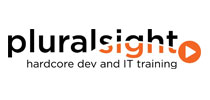
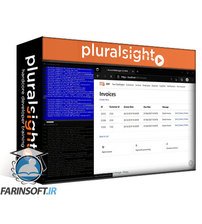
معماری میکروسرویس ها : اصول طراحی
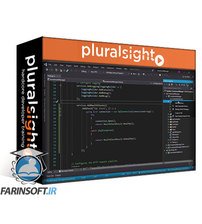
آموزش تست سلامت ASP.NET Core

Advanced Microservices: Tactical Forking
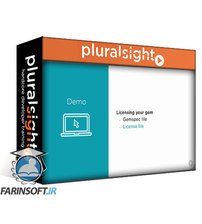
آموزش پکیج کردن کدهای Ruby بوسیله RubyGems
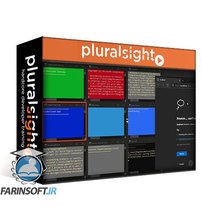
کورس یادگیری کامل Strategies for Microservice Scalability and Availability in ASP NET Core
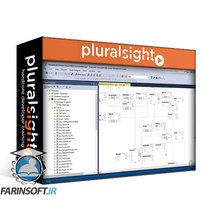
آموزش مهاجرت به میکروسرویس
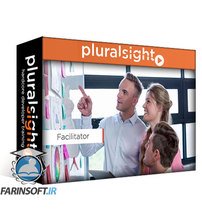
فیلم آموزش Scoping and Organizing .NET Microservices Using Event Storming
✨ تا ۷۰% تخفیف با شارژ کیف پول 🎁
مشاهده پلن ها